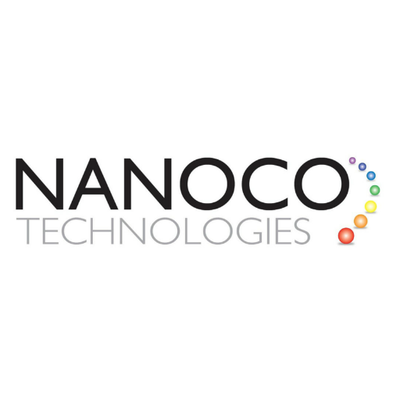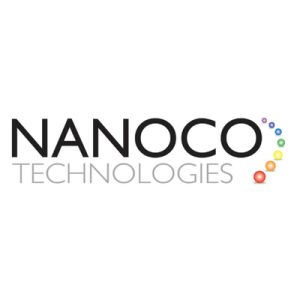Quantum dots (QDs) represent a significant advancement in nanotechnology, finding applications across diverse fields. In bioimaging, their small size enables them to access almost any part of the body, making them ideal for tasks like medical imaging, tumour targeting, and cellular diagnostics. Unlike traditional organic dyes, quantum dots offer superior stability and dispersion in various pH levels and ionic environments, making them valuable for high-resolution imaging. Their role in in vitro and in vivo imaging is instrumental in understanding complex biological processes and disease diagnostics.
In photovoltaic devices, the tunable absorption spectrum and high extinction coefficient of quantum dots make them exceptional light-harvesting materials. These properties enhance the efficiency of silicon photovoltaic cells, potentially reducing production costs. By layering quantum dots with varying bandgaps, energy losses from incoming photons can be minimised, boosting overall efficiency.
Quantum dots are also transforming light-emitting devices. They enable the creation of highly efficient and visually precise displays, including Quantum Dot Light Emitting Diodes (QD-LEDs). These advancements have led to displays with richer and more accurate colours compared to traditional technologies.
Another groundbreaking application is in quantum computing. Quantum dots are critical for the development of quantum computers, which use qubits capable of existing in multiple states simultaneously. This allows for faster information processing and greater memory capacity, surpassing the capabilities of conventional computers.
In solar energy, quantum dot solar cells (QDSCs) offer unique advantages over traditional solar cells. By adjusting the size of the quantum dots, their bandgap can be tailored to capture a wider range of energy, including the far-infrared spectrum, which accounts for a significant portion of solar energy reaching Earth. This makes QDSCs more efficient and adaptable than their silicon-based counterparts.
Quantum dots stand at the forefront of technological innovation, offering unprecedented capabilities in imaging, energy production, display technology, and computing. As research progresses, their impact is expected to grow, shaping the future of multiple industries.
Nanoco Group PLC (LON:NANO) leads the world in the research, development and large-scale manufacture of heavy metal-free nanomaterials for use in displays, lighting, vertical farming, solar energy and bio-imaging.


